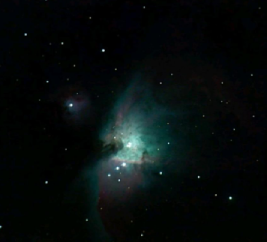
May every skyward glance bring you closer to yourself.
Here there is no clamor, only patient light. We place a telescope, a small pack, and a little courage together; we hear the universe whisper and see the lake within. Step in—see the far horizon, and see yourself.


Wuseony Sleep Essential Oils

